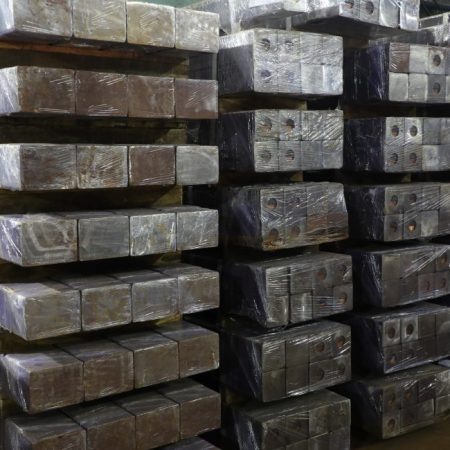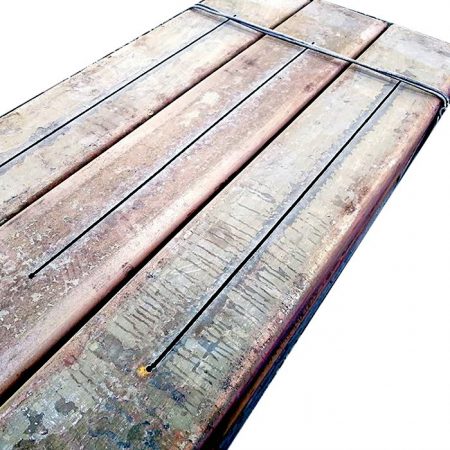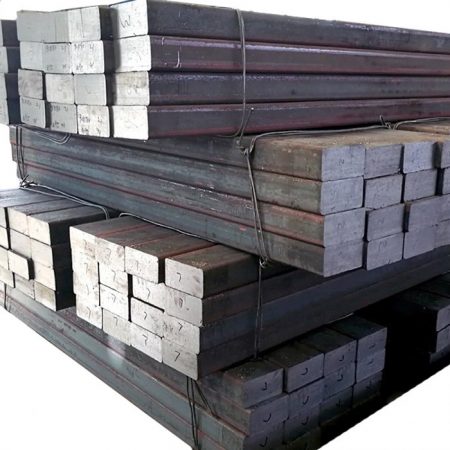We can produce SAE1006 cathode iron bar with round or square C10100 copper bar, especially round bar, the length can be 2000mm, telorance can be less than 0.5mm as your request. Please refer below pictures:
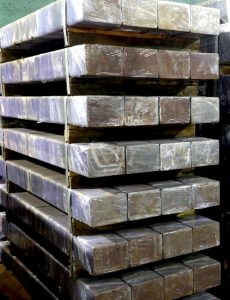
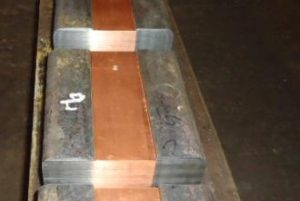
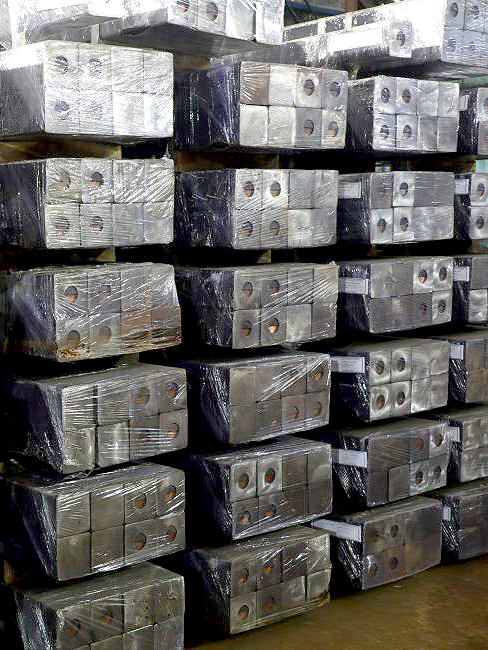
The conductor bar is a vital component in an aluminum electrolysis cell. It is responsible for conducting electricity to the cathodes and is made of high-purity aluminum or an alloy of aluminum. The process of manufacturing a conductor bar involves several steps and requires strict adherence to quality requirements to ensure efficient and safe operation of the cell.
In this article, we will discuss the requirements for making a conductor bar with a punch in the middle of the flat steel, inserting a copper rod, making a piece of steel rod, and creating a cap with a sealed port.
The first requirement is that a punch must be made in the center of the flat steel. The flat steel should measure Φ 41.402x 1748 mm, and the hole’s diameter should have a tolerance of +-0.051. The flat steel used should be low carbon steel with certain chemical and physical properties. The low carbon steel used should have a carbon content of less than 0.06%, silicon content of less than 0.07%, manganese content of less than 0.45%, phosphorus content of less than 0.030%, and sulphure content of less than 0.050%.
The physical properties of the low carbon steel used must meet specific requirements. The ultimate tensile strength should range from 300 to 450 MPa, and the elongation (for a 50 mm length) should be greater than 30%. The electrical resistivity at 20°C should be less than 13.5 µm. Additionally, the flat steel should be free from all internal and external defects, including but not limited to corrosion, piping, blow holes, cracks, bend, warp, sharp edges, burrs, internal cracks, etc.
The second requirement involves inserting a copper rod into the punched hole in the flat steel. The copper rod should measure Φ 41.275x 1219.20 mm, and the diameter tolerance should be +-0.063. The copper used should have a purity of more than 99.99%, with a total content of impurities less than 0.0100% and oxygen content less than 0.0005%.
The copper insert end faces should have all sharp edges and burrs removed, and corners at cut ends should be chamfered or otherwise finished to prevent projections beyond the longitudinal surface. All machined surfaces (if applicable) should be protected from corrosion and damage during shipping and storage, particularly the faced ends.
The third requirement involves making a piece of steel rod. The steel rod should measure Φ 6.35x 499.40 mm and should be made from either a 10# or 20# steel rod. The steel used should also have specific chemical and physical properties as required for low carbon steel.
The fourth and final requirement is to make a cap with a sealed port. The cap should measure Φ 41.28x 28.57mm and should be made of SAE1006 material. The sealed port is essential to prevent any electrolyte leakage during operation. The cap’s surface finish should be smooth, with no defects or signs of corrosion.
In conclusion, the manufacture of a conductor bar with a punch in the middle of the flat steel, inserting a copper rod, making a piece of steel rod, and creating a cap with a sealed port is a complex process that requires careful attention to detail. The materials used must meet strict chemical and physical properties, and the manufacturing process must adhere to specific quality requirements to ensure efficient and safe operation of the aluminum electrolysis cell.
If you need machining this cathode bar, please feel free to contact us: [email protected].

